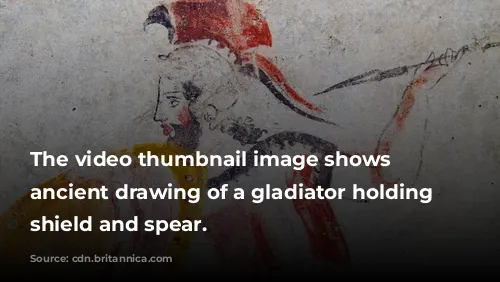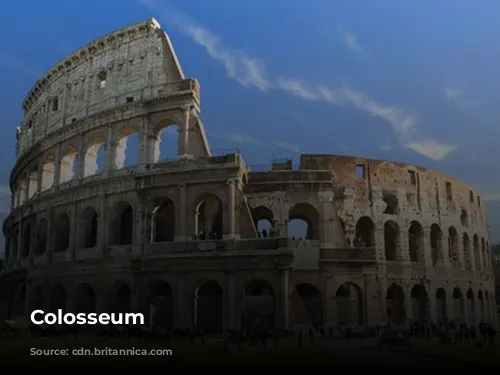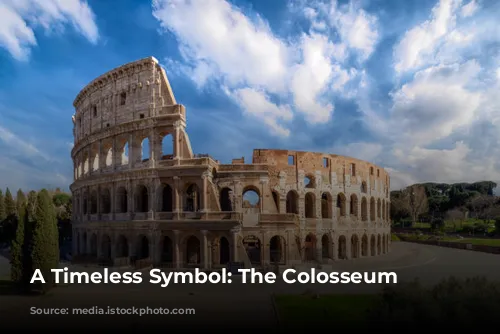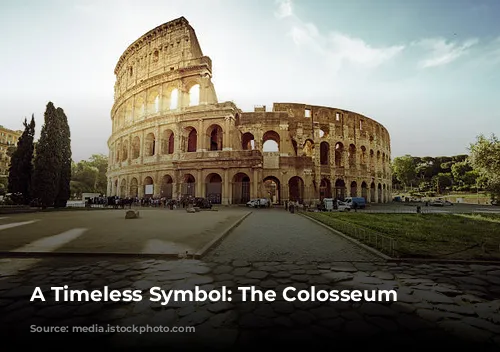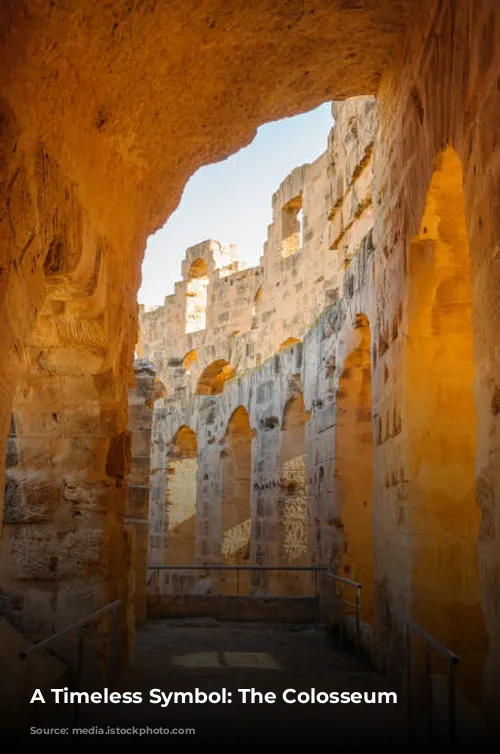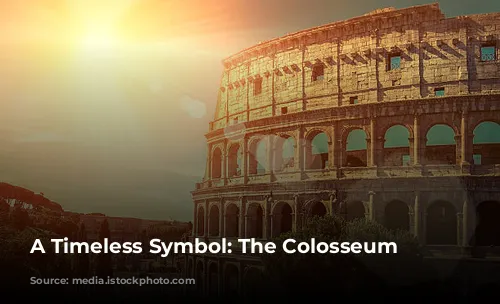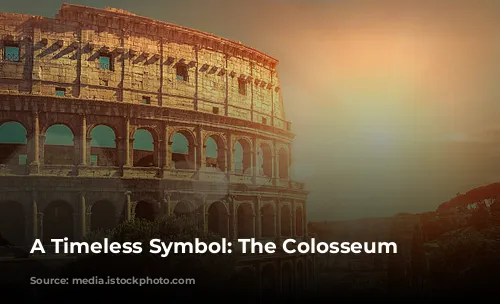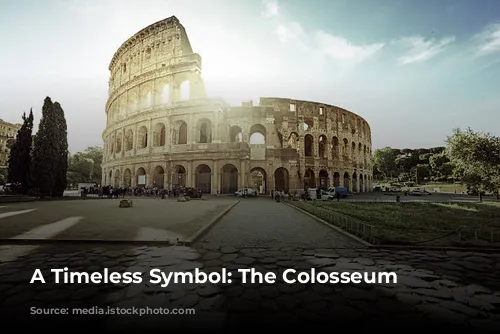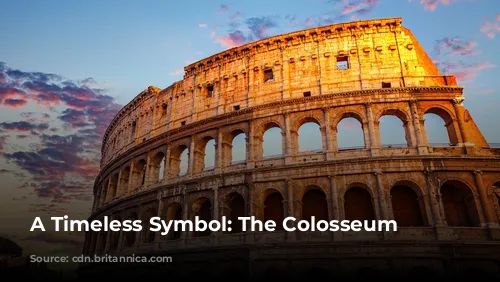Standing tall as one of the few surviving structures from the Roman Empire, the Colosseum stands as a testament to ancient Rome’s remarkable architectural and engineering brilliance. This iconic landmark attracts millions of visitors each year, making it a major source of tourism revenue for Italy. In 2018 alone, the Colosseum, along with the Roman Forum and Palatine Hill, generated over $63.3 million (€53.8 million), solidifying its position as the most profitable tourist attraction in Italy.
The Colosseum’s journey through time has been filled with both glory and neglect. After the fall of the Western Roman Empire, the Colosseum fell into disrepair. The arena was repurposed as a fortress by the Frangipane and Annibaldi families during the 12th century. Then, in the late 15th century, Pope Alexander VI allowed the Colosseum to be used as a quarry, leading to further deterioration. It wasn’t until the 1990s that state-funded restoration efforts were launched to revitalize this once-grand monument.
The Colosseum’s creation was a grand project intended to revitalize Rome after the tumultuous year known as “the year of the four emperors” (69 CE). Just like other amphitheaters built during the Roman Empire, Emperor Vespasian envisioned the Colosseum as a grand entertainment venue. It hosted thrilling gladiator fights, awe-inspiring animal hunts, and even elaborate mock naval battles, captivating the hearts and minds of Romans.
Construction of the Colosseum began under Emperor Vespasian between 70 and 72 CE. The finished structure was dedicated in 80 CE by Vespasian’s son and successor, Emperor Titus. The Colosseum’s fourth story was added by Emperor Domitian in 82 CE. The arena’s funding came from the spoils of war: the plunder from Titus’s capture of Jerusalem in 70 CE. Sadly, the construction of this monumental structure was carried out by enslaved Jews from Judea.
A Monument of Power and Entertainment
The Colosseum, also known as the Flavian Amphitheatre, is a stunning elliptical structure made of stone, concrete, and tuff. Standing four stories tall, it measures an impressive 620 by 513 feet (189 by 156 meters) and could accommodate up to 50,000 spectators. The Colosseum became synonymous with gladiatorial combat, showcasing thrilling and sometimes brutal spectacles for the Roman public.
Located just east of the Palatine Hill, the Colosseum stands on the site of Nero’s Golden House. The artificial lake, a centerpiece of that opulent palace complex, was drained to make way for the Colosseum. This strategic decision was as much symbolic as it was practical. Vespasian, whose rise to power was far from lavish, chose to replace the tyrannical emperor’s private lake with a public amphitheater that could host tens of thousands of Romans, showcasing his commitment to the people.
The Colosseum’s dedication in 80 CE was a grand spectacle lasting 100 days. The structure’s fourth story was completed by Domitian in 82 CE, adding the final touch to this monumental achievement. Unlike earlier amphitheaters, which were often built into hillsides for added support, the Colosseum is a freestanding masterpiece of stone and concrete. Its innovative construction features a complex system of barrel and groin vaults, creating a monumental structure that stands as a testament to Roman ingenuity.
A World of Spectacle and Decay
The Colosseum was designed to provide shelter for its massive audience. A giant retractable awning, called a velarium, was used to shield spectators from the sun. Supporting masts were extended from corbels built into the Colosseum’s top story, and hundreds of Roman sailors were needed to manipulate the rigging that extended and retracted the velarium. The Colosseum was the stage for countless gladiatorial combats, contests between men and animals, and even elaborate mock naval battles, captivating audiences with a variety of spectacular events. However, the extent of its use for the martyrdom of early Christians remains uncertain.
In medieval times, the Colosseum witnessed a decline in its grandeur. It was used as a church, then as a fortress by prominent Roman families, the Frangipane and Annibaldi. The Colosseum’s once-majestic structure was ravaged by lightning, earthquakes, and, most significantly, vandalism and pollution. The once-beautiful marble seats and decorative materials were stripped away, leaving the Colosseum a shadow of its former self. For over 1,000 years, it was treated as a quarry, plundered for building materials.
Fortunately, the preservation of the Colosseum began in earnest in the 19th century. Notable efforts were led by Pope Pius VIII. A major restoration project was launched in the 1990s, breathing new life into this ancient monument. The Colosseum remains one of Rome’s most popular tourist attractions, welcoming nearly seven million visitors annually. Regularly changing exhibitions relating to ancient Roman culture are mounted, offering insights into the life and times of this great civilization.
The Colosseum stands today as a powerful symbol of Roman power and ingenuity, showcasing both the grandeur and the decay of a once-mighty empire. It continues to inspire awe and wonder, drawing in countless visitors eager to experience this remarkable piece of history.
